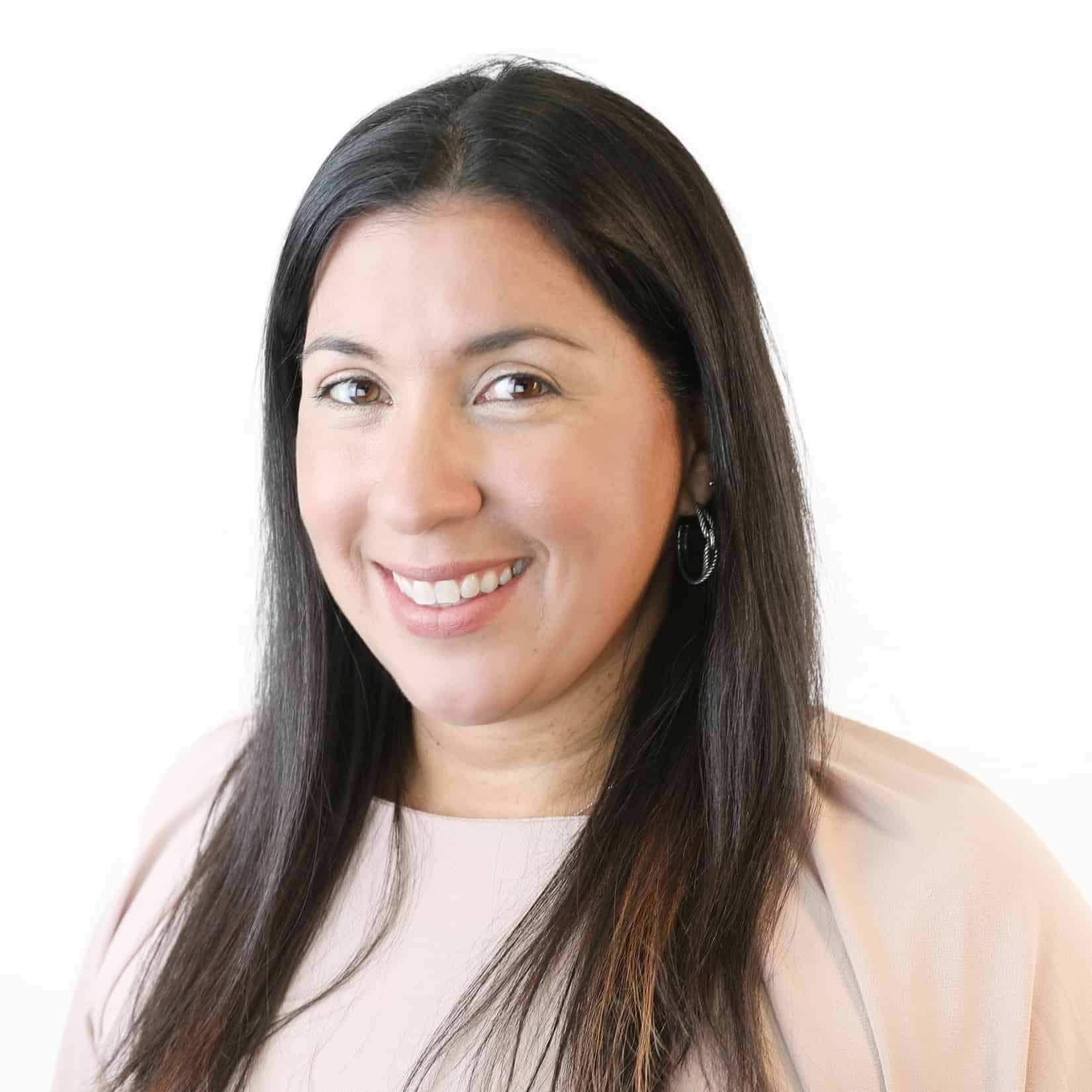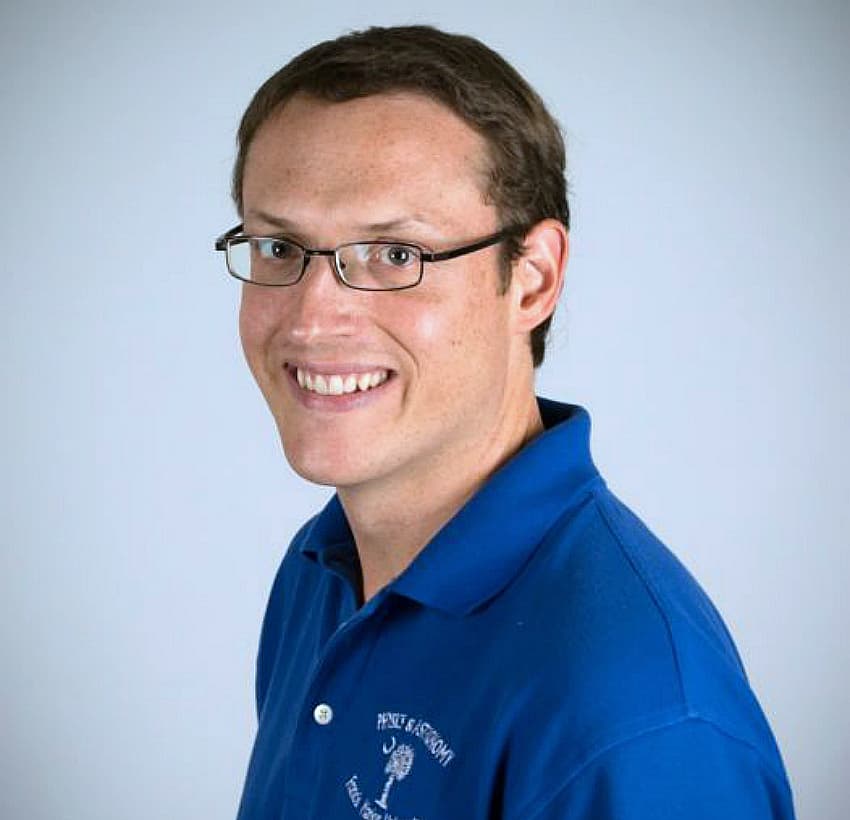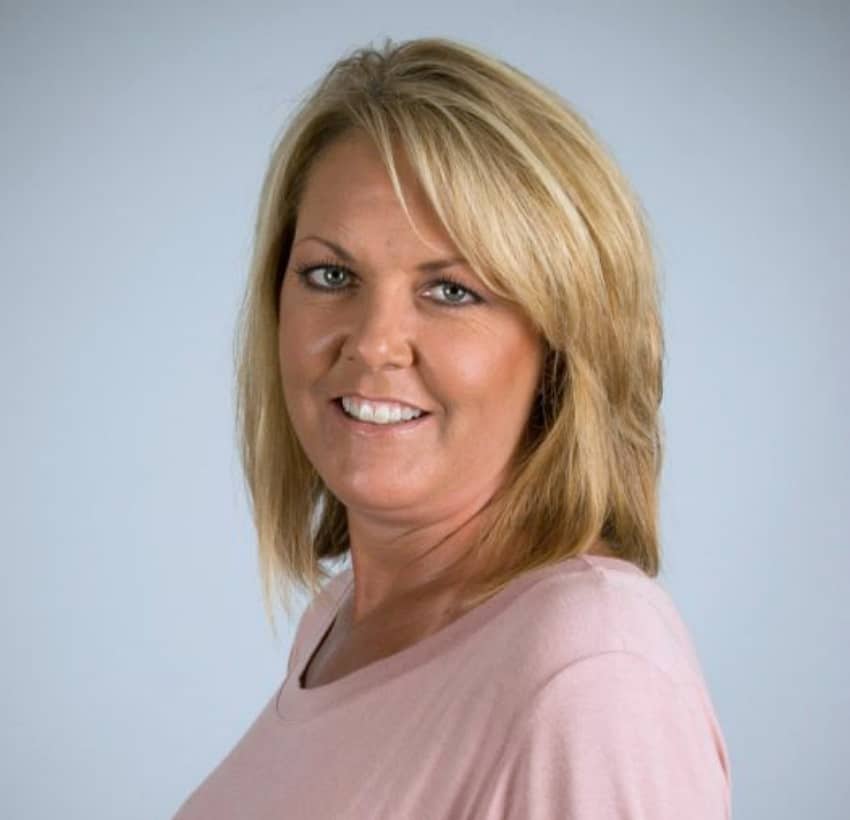Physics & Engineering
Faculty & Staff
In the Physics & Engineering department, we have an excellent, experienced staff and faculty, ready to help you reach your goals at FMU.
contact
contacts
found
-
Dr. Baker Brittany B.Dr. Brittany B. Baker Associate Professor of Physics bbaker@fmarion.edu Phone843-661-1655 DepartmentsPhysics and EngineeringOfficeLSF L103-E

-
Dr. Bryngelson GingerDr. Ginger Bryngelson Associate Professor of Physics gbryngelson@fmarion.edu Phone843-661-1553 DepartmentsPhysics and EngineeringOfficeLSF 103AMore info

-
Dr. Cintron-Gonzalez LornaDr. Lorna Cintron-Gonzalez Associate Professor of Industrial Engineering, Coordinator of Industrial Engineering lcintrongonzalez@fmarion.edu Phone843-661-1463 DepartmentsIndustrial EngineeringMechanical EngineeringPhysics and EngineeringOfficeMSB 101DMore info

-
Dr. Engelhardt Larry P.Dr. Larry P. Engelhardt Professor of Physics lengelhardt@fmarion.edu Phone843-661-1452 DepartmentsPhysics and EngineeringOfficeLSF 103BMore info

-
Dr. Fulmer Philip C.Dr. Philip C. Fulmer Professor of Physics pfulmer@fmarion.edu Phone843-661-1443 DepartmentsPhysics and EngineeringOfficeMSB 108AMore info

-
Dr. Jokisch DerekDr. Derek Jokisch Chair, Department of Physics and Engineering, Professor of Physics djokisch@fmarion.edu Phone843-661-4653 DepartmentsPhysics and EngineeringOfficeLSF 103CMore info

-
Dr. Kanaparthi MarkDr. Mark Kanaparthi Assistant Professor of Mechanical Engineering Mark.Kanaparthi@FMarion.edu Phone843-661-1548 DepartmentsIndustrial EngineeringMechanical EngineeringPhysics and EngineeringOfficeMSB 108 BMore info

-
Dr. Lee WonjaeDr. Wonjae Lee Assistant Professor of Industrial Engineering Wonjae.Lee@fmarion.edu Phone843-661-1659 DepartmentsIndustrial EngineeringPhysics and EngineeringOfficeMSB-101B

-
Manglass LisaLisa Manglass Assistant Professor of Physics Lisa.Manglass@FMarion.edu Phone843-661-1580 DepartmentsPhysics and EngineeringOfficeLSF 103I

-
Dr. Myers Jeannette M.Dr. Jeannette M. Myers Professor of Astronomy, Coordinator of Astronomy Program, Director of Dooley Planetarium jmyers@fmarion.edu Phone843-661-1441 DepartmentsPhysics and EngineeringOfficeLSF 103FMore info

-
Owens SherrySherry Owens Administrative Assistant - Chemistry, Physics and Engineering sowens@fmarion.edu Phone843-661-1381 DepartmentsChemistryPhysics and EngineeringOfficeLSF 103

-
Dr. Potter MichaelDr. Michael Potter Assistant Professor of Mechanical Engineering Michael.Potter@fmarion.edu DepartmentsIndustrial EngineeringMechanical EngineeringPhysics and EngineeringOfficeMSB 101-AMore info

-
Dr. Sims HunterDr. Hunter Sims Associate Professor of Physics Hunter.Sims@fmarion.edu Phone843-661-1445 DepartmentsPhysics and EngineeringOfficeLSF 103 H

-
Dr. Smith R. SethfieldDr. R. Sethfield Smith Pee Dee Electric Cooperative Professor of Physics rsmith@fmarion.edu Phone843-661-1453 DepartmentsPhysics and EngineeringOfficeLSF 103DMore info

No results found